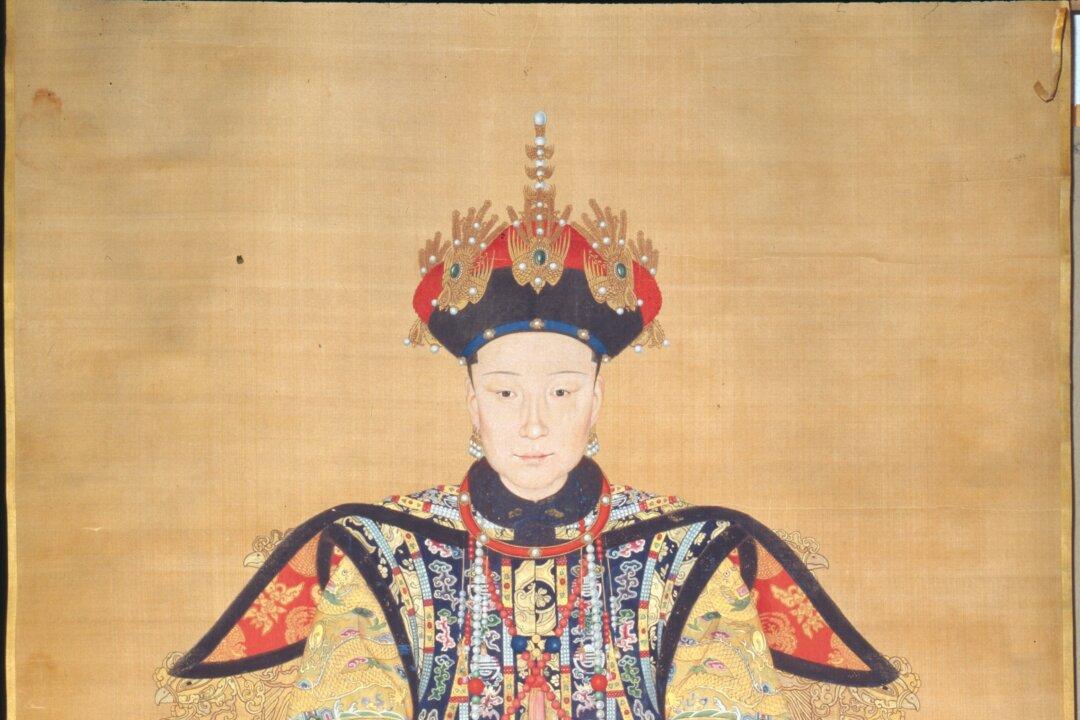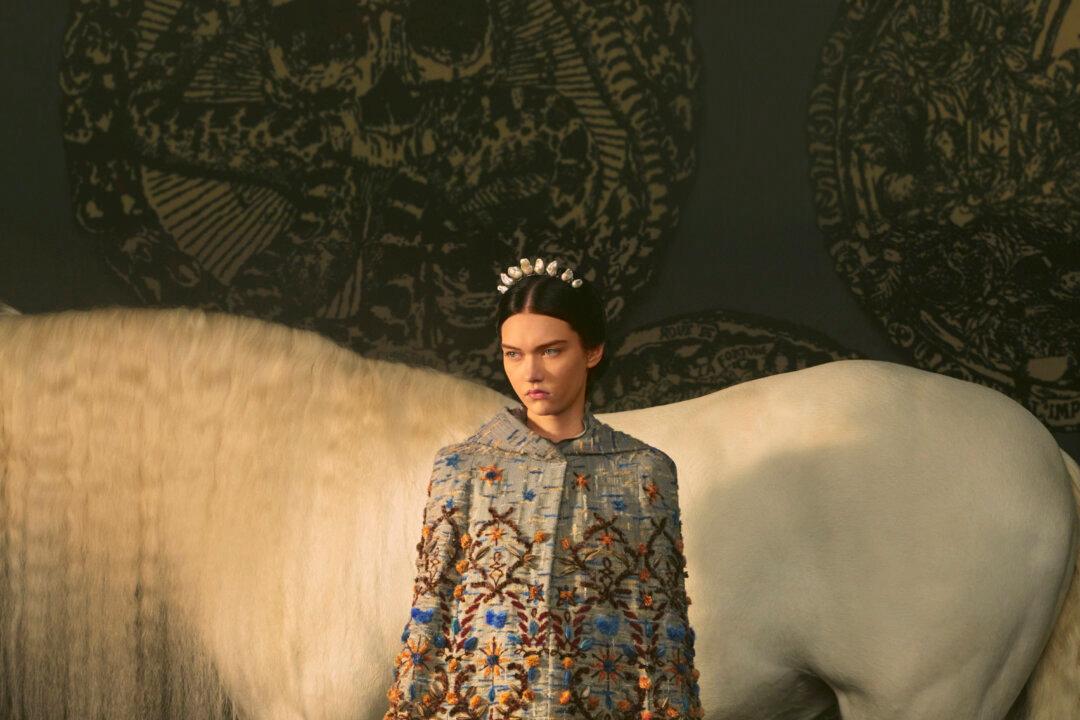Robert Browning’s poem, ‘Andrea Del Sarto,’ is written as a monologue from the eponymous Italian painter’s perspective—who critiques the inaccuracies of Michelangelo’s work. Del Sarto says the arm is too muscular and the wrong shape, but he’s nonetheless gripped by the passion of its subject (“Ay! But the soul!”). The poem conveys the idea that the key to truth lies not necessarily in technical accuracy, but in the ability of art to capture the spirit of the thing.
So it was for most of China’s art history. Pre-Qing dynasty artistic endeavors were concerned with capturing the spirit and nature of its subject. The art was at peace with the natural world from which it was composed and inspired. Rarely was it a technically proficient reproduction of its subject.


